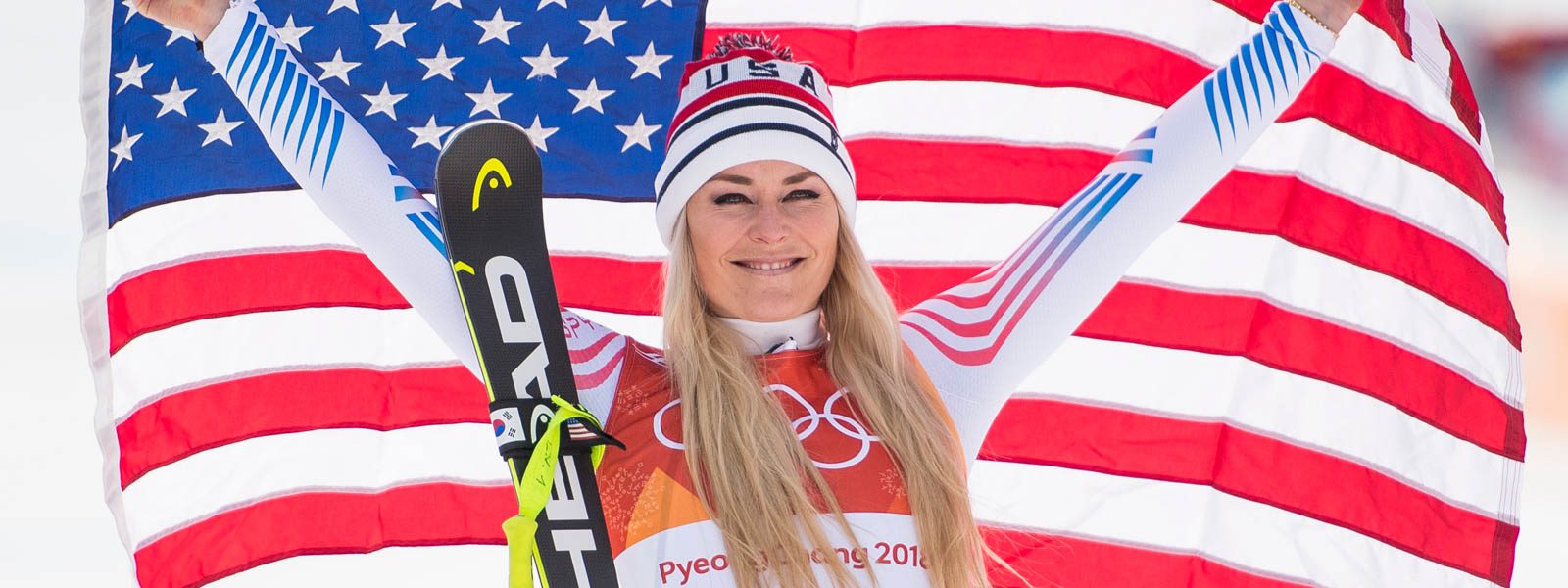Key decisions at FIS meetings: parallel, fluoros, World Champs
On May 25, FIS’ spring meetings concluded, and the council announced critical developments with regard to the World Cup calendar, parallel rule changes, World Championships, and testing for fluorinated wax.
Parallel
With regard to the parallel event, the format will now fall under one umbrella, meaning the parallel slalom (PSL) and parallel giant slalom (PGS) will be referred to as “parallel” using giant slalom equipment. The proposal to utilize a run-rerun model, made by the Alpine Sports Committee, was approved. Athletes will now have the opportunity to run each course during the event to accommodate unequal sets, terrain, and course speeds. In addition, the top 16 athletes from the qualification rounds will move onto the finals, in contrast to last season’s round of 32. Racers ranked 17-30 in the qualification rounds will still earn World Cup points.
After a season full of controversy surrounding the parallel events, Parallel Working Chair Ken Read says that these changes are a step in the right direction. Athlete feedback has been taken into consideration, and FIS hopes that the implementation of these changes will have an effect on the discipline’s reception.
“Like anything in the ski racing world, it’s evolving, and at every step, we’re trying to make it better,” said Read. “The bottom line is we want this to be an event the athletes really want to participate in, one that they’re excited about.”
FIS Congress 2020
The 2020 FIS Congress, which was originally scheduled to take place in Thailand in May, was officially rescheduled to Oct. 4 in Zurich in hopes that FIS will be able to host an in-person meeting. On Aug. 1, the FIS plans to reassess the meeting based on updated travel orders. If it is not possible at that time to host an in-person meeting, but travel and large gatherings look to be allowed in November, the FIS will consider postponement to that time. Otherwise, FIS Congress will be postponed until June of 2021 and scheduled to take place from the first to the sixth in Portoroz, Slovenia.
The date of these meetings affects the timing of elections, including the election of FIS President Gian-Franco Kasper’s successor. Statutory regulations state that the deadline for submission of applications to the position and others on the FIS Council is 30 days before Congress. If postponements of 2020 Congress continue, the FIS will announce a revised deadline on Aug. 1.
FIS World Cup calendars 2020-21
The final submission for race venues in the 2020-21 season has been confirmed, although events are subject to change as the coronavirus pandemic progresses. Due to the uncertainty surrounding sports regulations and the gathering of large crowds, a COVID-19 Task Force specific to each event has been formed to accommodate to fully monitor the validity of each race prior to its commencement.
These task forces comprise of key stakeholders from decision-making bodies – one representative from the National Ski Association organizing nation, the respective Local Organizing Committee (LOC), broadcast-commercial rights holders, FIS Race Director, and Management, Medical Committee representative, Discipline Committee Chair, and Council Member from the organizing nation.
Based on the potential COVID-19 restrictions that may be imposed for sporting events, contingency plans are being prepared for the respective calendars as a back-up. The scenarios are being worked through with all stakeholders and draft contingency calendars will provide for options in case of light or stronger restrictions.
If all goes as planned, Lech/Zuers Austria will host parallel individual competitions and a team event on Nov. 14-15. The FIS hopes this addition to the calendar will help bridge the gap between the early season giant slalom opener in Soelden and the slalom races in Levi Nov. 21-22.
In total, the men’s schedule has 43 competitions planned across 22 locations – 10 downhills, six super-G’s, three alpine combined, nine giant slalom’s, 10 slaloms, and five parallel events. The women have 39 competitions across 21 locations scheduled – eight downhills, five super-G, three combined, nine giant slalom, nine slalom, and five parallel events.
In addition, the Swiss Ski Association has confirmed the re-inclusion of Wengen in the men’s World Cup calendar. According to the Austrian publication Kleine Zeitung, the dispute between the Wengen LOC and Swiss Ski concluded when Jorg Moser donated 300,000 CHF ($311,898.90 USD) to the LOC. Swiss Ski then promptly withdrew its request to remove the races from the calendar. The LOC also withdrew its 2018 lawsuit under review by the Court of Arbitration for Sport (CAS). The official terms of the agreement reached after the donation was made have not yet been disclosed.
A final decision as to whether or not World Championships will be hosted in Cortina d’Ampezzo in February of 2021 will be made by July 1st.
Fluorinated Wax Ban
In November of 2019, the fluorinated wax ban was approved to begin in the 2020-21 season after a study demonstrated fluoros have a negative impact on the environment and on human health. Regulations of fluorinated wax have been approved by the Environmental Protection Agency (EPA) in the United States, and similar regulations will be implemented by the European Union (EU) starting in July 2020.
Kompass has developed a hand-held detector testing device that will allow teams and industry officials to test for fluoros on the base of skis. The device has yet to be certified but is undergoing the certification process by the Frauenhof Institute during the summer months.
If the prototype is successful, controls will be implemented starting in November 2020, with tests being held in the start and finish areas of World Cup race venues. For the 2020-21 season, the measurement of fluoros will be defined flexibly, in order to give service technicians and teams a chance to adapt to the situation while accommodating the possibility of residual fluoros/ Fluorinated wax pressed into their bases in 2019-20 may test as positive, and lowering the threshold each season allows for a smoother transition.
The measurement limit will continue to be lowered with the objective of reaching a zero limit of fluorinated components in the 2022-23 season. By 2022-23, the skis will either no longer be used, received a new grind, or residual fluoros should no longer be detectable.





















